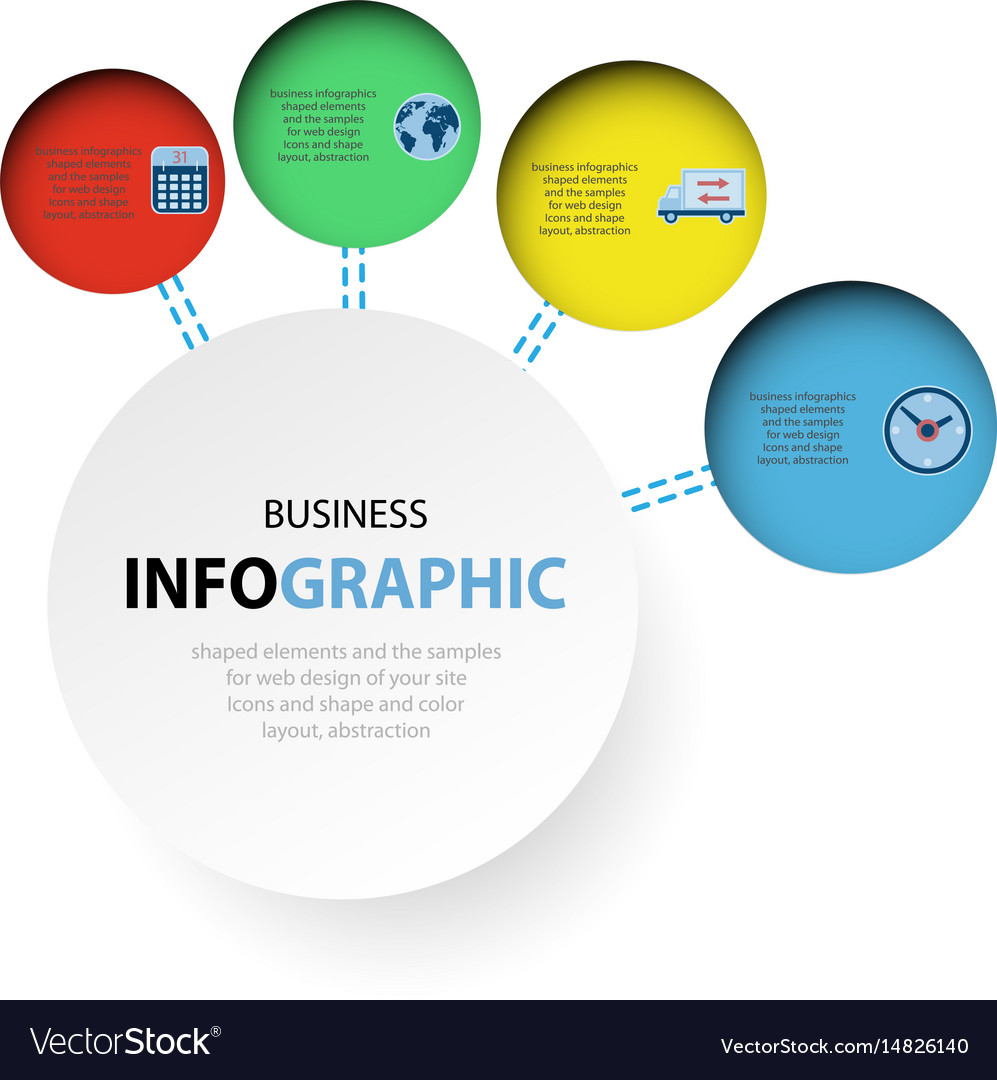Fascinated In Discovering Exactly How Website Layout Has Transformed Throughout The Years? Check Out The Development From Basic, Straightforward Designs To User-Centered Approaches That Focus On The Demands And Choices Of On-Line Site Visitors
Fascinated In Discovering Exactly How Website Layout Has Transformed Throughout The Years? Check Out The Development From Basic, Straightforward Designs To User-Centered Approaches That Focus On The Demands And Choices Of On-Line Site Visitors
Blog Article
Material Create By-Jonasson Wren
In the past, internet sites were straightforward and concentrated on info. Navigating was straight, and layout was for desktop computers. Currently, user experience is crucial. Information guides styles for simple navigation. Responsive designs suit different gadgets. Today, dark setting decreases strain, and minimal food selections boost navigating. business managed wordpress engage users, and bold visuals stick out. AI combination enhances involvement. See just how style has actually advanced to boost your on-line trip.
Early Days of Website Design
In the very early days of website design, simplicity reigned supreme. Internet sites were fundamental, with restricted shades, typefaces, and formats. The focus got on providing details instead of flashy visuals. Individuals accessed the internet through sluggish dial-up links, so rate and performance were key.
Navigating food selections were straightforward, typically situated at the top or side of the page. Websites were designed for computer, as mobile surfing had not been yet common. Content was king, and designers focused on simple readability over complex style components.
HTML was the key coding language utilized, and designers needed to function within its restraints. Computer animations and interactive attributes were marginal contrasted to today's criteria. Websites were fixed, with little vibrant material or personalized individual experiences.
Surge of User-Focused Design
With the development of internet site design, a shift in the direction of user-focused style concepts has become increasingly popular. Today, creating sites that focus on user experience is critical for engaging visitors and attaining organization goals. User-focused design includes understanding the requirements, choices, and actions of your target audience to customize the website's design, content, and includes as necessary.
Designers currently perform thorough study, such as individual studies and functionality screening, to collect understandings and comments straight from users. This data-driven strategy assists in creating intuitive navigation, clear calls-to-action, and visually enticing interfaces that reverberate with site visitors. By placing the user at the facility of the style procedure, sites can provide a more tailored and enjoyable experience.
Responsive style has additionally become an essential aspect of user-focused style, making sure that websites are optimized for various tools and display sizes. This flexibility enhances availability and use, catering to the diverse means individuals connect with web sites today. Basically, https://www.click2houston.com/houston-life/2022/06/09/danny-seo-and-kelli-lamb-share-home-design-tips-to-elevate-your-space/ of user-focused design indicates a change towards developing digital experiences that prioritize the needs and assumptions of completion individual.
Modern Trends in Website Design
Check out the latest trends shaping web design today. One noticeable trend is dark mode layout, supplying a sleek and modern look while decreasing eye strain in low-light environments. An additional crucial trend is minimal navigating, streamlining food selections and boosting user experience by concentrating on essential elements. Incorporating micro-interactions, such as computer animated buttons or scrolling impacts, can create a much more interesting and interactive internet site. Receptive layout continues to be essential, making certain smooth user experiences throughout numerous devices. Furthermore, using vibrant typography and asymmetrical designs can add aesthetic passion and draw attention to particular content.
Integrating AI innovation, like chatbots for client support or tailored suggestions, boosts user engagement and enhances processes. Ease of access has additionally end up being a substantial trend, with developers prioritizing inclusive layout practices to satisfy varied user requirements. Welcoming sustainability by optimizing site performance for rate and efficiency is one more arising trend in web design. Teaming up with user feedback and information analytics to repeat and improve style continually is important for staying pertinent in the ever-evolving digital landscape. By accepting these modern-day trends, you can produce a visually appealing, easy to use website that reverberates with your target market.
Verdict
As you reflect on the advancement of website design from the very early days to now, you can see just how user-focused layout has become the driving pressure behind modern-day fads.
Embrace the trip of adjustment and adjustment in website design, always maintaining the individual experience at the center.
Keep present with the most up to date patterns and modern technologies, and never ever quit developing your strategy to produce aesthetically spectacular and easy to use sites.
Develop, adjust, and produce - the future of website design remains in your hands.
